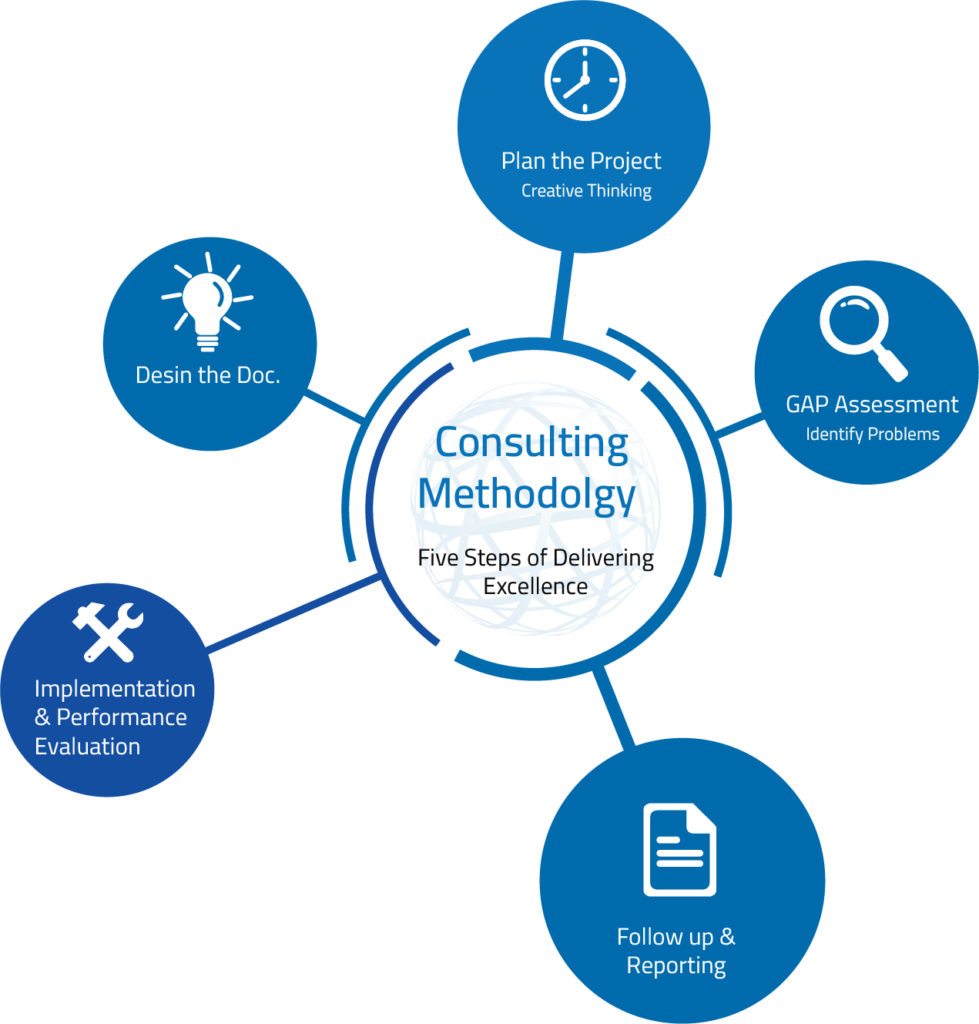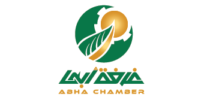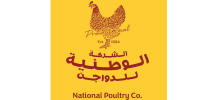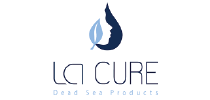+ What is QHSE Management System?
QHSE is an acronym of Quality, Health, Safety, and Environment. A QHSE Management System is a management system aimed at quality, occupational health and safety, and the environment. It’s a tool for management to direct, manage, and develop the organization. Thanks to this system, you are always alert of possible changes in legislation and regulations so you never risk a fine, occupational accident, or other issues.
The goal of the QHSE Management System is to ensure that the organization complies with the relevant legislation and regulations in the field of occupational health and safety and the environment. Additionally, demands and wishes concerning quality, occupational health and safety, and environment must be managed for the stakeholders. Think of society, the employees, and customers.
If the system is used to enable certification in the field of ISO 9001, ISO 14001, or ISO 45001, all standards must be applied. These ISO standards are important as these lead to the creation of a functional management system where constant improvement is supported.
+ Why QHSE Management System?
QHSE also stands for integration of Quality, Occupational Health and Safety and Environment Management Systems. Quality management system, Occupational Health and Safety management system, and Environment management system are all management systems.
Despite the specific goals and application areas, they have an identical structure and more or less rest on the same principle. When one management system is already present, this system can most likely serve as the basis for aspects of other management systems.
There are various advantages to implementing a QHSE Management System:
Meeting the legal requirements within each organizations, it is important to meet the legal requirements. Although it requires time, money, and effort, it is of vital importance. You will receive an annual notification, allowing you to always meet the legal requirements.
Extra assurance for Quality, Occupational Health and Safety, and Environment
+ Quality Management
Quality Management refers to the relationship between the purchaser and supplier. In this way, the QHSE system can contribute to optimizing the quality of your product or service to optimally assist the purchaser.
+ Occupational Health and Safety Management
With Occupational Health and Safety Management, you contribute to the wellbeing of your employees.
+ Environment Management
Environment management contributes to a better living environment. It also contributes to a better society and a better continuity of the organization.
Overview of Requirements and Guidelines – A QHSE system offers an overview of all requirements and guidelines that are important to the organization.
+ QHSE Management System Coordinator
The QHSE coordinator has the role of initiator, stimulator, controller, and coordinator concerning the QHSE subjects and developments within the company. This makes him responsible for bringing quality, occupational health and safety, and environment to the attention and creating support for these.
In doing so, the QHSE coordinator functions as a bridge between employees and management. The position demands that the official is able to communicate well with both management and the employees as well as other interested parties.
+ Getting Started With a QHSE Management System
To properly carry out the QHSE Management System, an employee’s tasks are expanded. In larger organizations, a position is filled in the form of QHSE manager or coordinator.
QHSE managers or coordinators can work in any type of organization, but in practice, particularly medium-sized and large companies have a specific QHSE department and/or employee(s).
The QHSE manager collaborates with quality employees, internal auditors, and environmental coordinators.
Several examples of components that are arranged for in a QHSE system include:
Policy and objectives
Relevant legislation and regulations and environmental permit
Processes within the organization (primary and secondary)
Responsibilities, authorities, and training
Internal and external communication
Measuring and analyzing processes
Constant improvement
Additionally, legally required components, such as a Risk Inventory & Evaluation and a company emergency response plan, are arranged for in the QHSE system.
+ Standards in Setting Up a QHSE System
ISO 9001 (Quality Management)
The basis of QHSE starts with ISO 9001 certification.
ISO 9001 can be seen as a way to improve the business operations and the return through integral quality management. The ISO 9001 criteria can be used by every type of organization, irrespective of its size. The goal is to ensure that the customers consistently receive high-quality products and services. This is achieved through:
A strong customer orientation
The leadership of the top management
The process approach (processes managed as a system)
Constant improvement
Audits that check whether the management system works
The quality policy is a formal explanation of the management, closely connected to the operational and marketing plan and the customer’s needs.
All employees in the organization must understand and adhere to the quality policy. Each employee needs measurable objectives to work towards.
+ ISO 14001 (Environmental Management)
ISO 14001 provides a tool for organizations to manage their environmental policy and do more than simply meet legislation and regulations. Increasingly more attention is paid to the environmental achievements, where ISO 14001 offers a helping hand.
Companies view environmental management in the long term as their purpose. Additionally, stakeholders and clients set increasingly more demands regarding environmental policy.
ISO 14001 does not set requirements for environmental achievements. Instead, it creates a framework for setting up an effective environmental management system.
It offers the certainty that the impact on the environment is monitored, measured, and improved. Advantages include:
Protecting the quality of the environment
Reduced costs for waste management and removal
Reduced use of energy and raw materials
Reduced distribution costs
Improved company image
ISO 45001 (Occupational Health and Safety)
ISO 45001 stands for Occupational Health and Safety Management System which means managing the health and safety on the work-floor. With the OHSMS standard, you can show that the working conditions in the organization are in order.
ISO 45001 uses the same approach as ISO 14001, but has the goal to identify health and safety risks, reduce the risk of accidents, and create a safe and healthy work environment.
Moreover, ISO 45001 offers guidelines for integrating the management of health and safety into the entire company management system.
Just like the two ISO standards, ISO 45001 demands formal documentation of the health and safety policy and documented evidence that the policy works according to the standard’s requirements. There must not only be practices that safeguard safety, you must also be able to demonstrate that you meet the legislation and demonstrate that the policy limits, minimizes or eliminates risks.
+ To Summarize
Quality, Health, Safety and Environment (QHSE) generally refers to a management mode that integrates the joint elements of the ISO 9001, ISO 45001, and ISO 14001 standards.
An effective QHSE Management System requires a strong strategy, tactical implementation, and consistent evaluation to ensure that the work environment remains diligent. Managers must upgrade the QHSE system with the changing times and trends to create a strong, flexible and updated work environment.
Sample Documents

BE THE INDUSTRY LEADER - Your trusted Consulting Partner
Global Standards Co. offers three consulting Models that works best for You






























Stand away from the traffic?
Subscribe to our Newsletter today